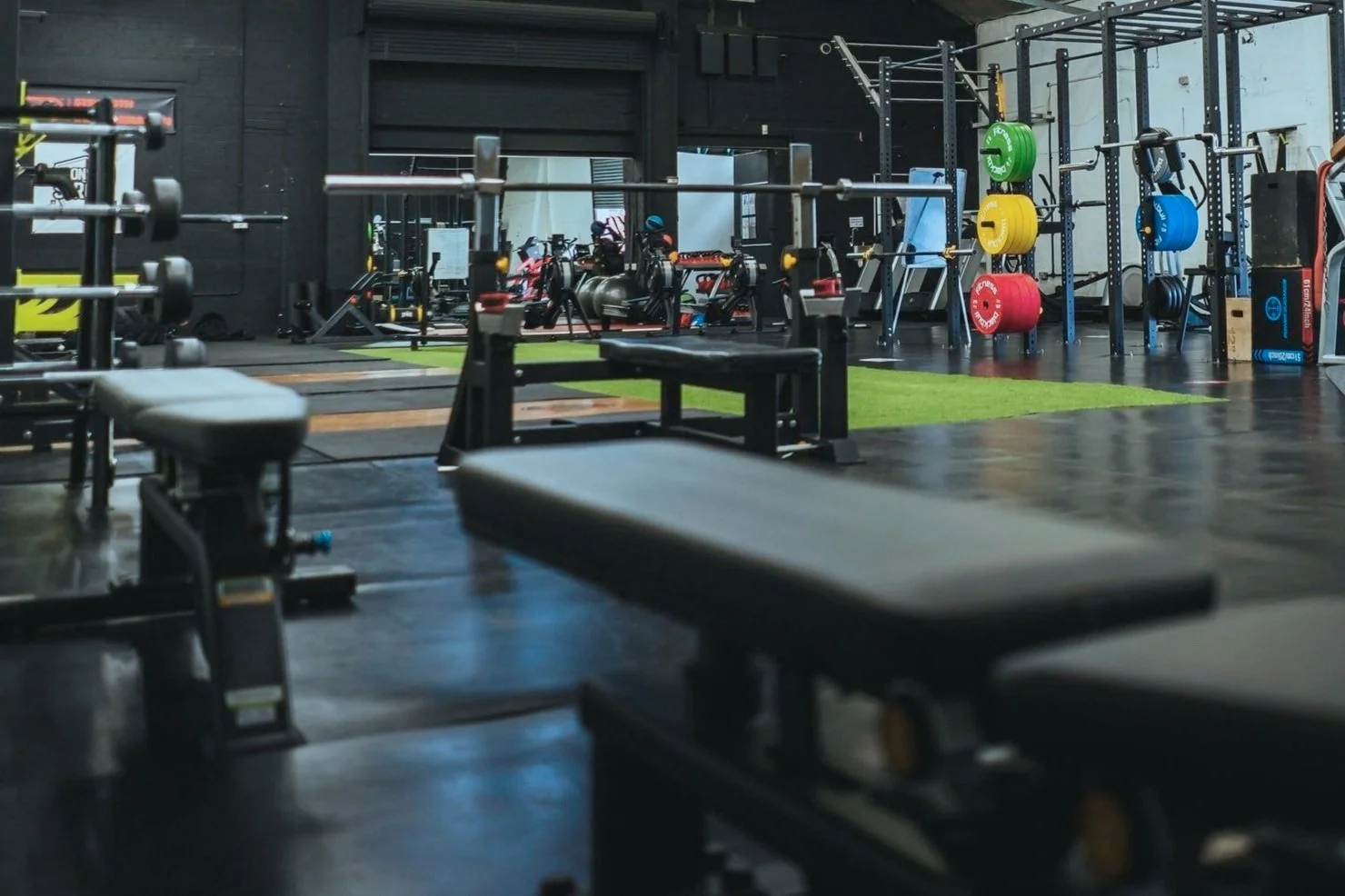ARE YOU DOING THE RIGHT STRENGTH TRAINING FOR YOUR SPORT?
Navigating strength training can be a confusing landscape - it’s a very broad umbrella term with many different formats, and that’s before you even try to understand which class, programme or instructor is best for you and your goals. However, having the ability to understand and filter your options to find the correct one will benefit your training hugely.
There are a lot of people out there who will have been “strength training” for a long time. But yet on reflection, they haven't seen a great deal of results or physiological changes for their work. Why? Generally this is because their chosen approach hasn’t been right for them. We need to make sure you aren’t wasting precious time or energy on something that is not getting you closer to your goals.
INFORMATION OVERLOAD
Information around strength training is now readily available, and we have access to anything and everything. You’re able to dip into the internet and get an exercise from here and an exercise from there, effectively piecing it together yourself. Social media can also be confusing, as you’ll see training that looks fun and exciting or that’ll give you a new challenge - but being unable to process this information is where many people come unstuck.
It’s all about filtering out the information, knowing what you want to achieve from your training and what you are training for!
DON’T TRY AND DO EVERYTHING AT ONCE!
If you want to get specific results from training, whether that’s getting over an injury or training towards a performance goal, you need to dial in on what you need. If your aim is general fitness or being a good all-rounder then having a multidisciplinary approach is fine. But for most of you reading this you have a specific focus, a specific sport and usually clear races that you are aiming for. So building a sustainable and structured formula that integrates into your lifestyle is the best way forward.
Time is probably your most valuable commodity, making the most of every session you’re doing to ensure you see the best results possible. This includes allowing enough time for recovery, preventing injury and overtraining. If you’re training too much or too little you’re not going to see the results.
It’s so common to see men and women of all ages doing some form of the high-intensity group session; for example Crossfit, a Les Mills class or something like Body Pump. They might be doing three or four sessions of these classes a week whilst also trying to follow a full time running program, potentially five-six times a week, up to 50, 60 miles a week running. They do yoga and, if they have time, a few weights in the gym. The point is that they're trying to do everything.
You can’t expect your body to be able to run on top of this volume, as you’ll already be maxing out your body’s potential and energy availability for that week. You therefore need to consider the overall amount and volume of training you are doing.
Whether you are looking towards your next ultra or working towards a half marathon, you need to strip back the noise and focus on two to three sessions of controlled strength training per week, which work on your individual weaknesses and imbalances. It is very unlikely that a high intensity class environment will be able to give you these benefits.
Ultimately, it will take away from what you are trying to achieve with your endurance sport. This is where overtraining comes in, and where common recurring injuries start to happen.
IT’S A BALANCING ACT
If you want to find a balance with high-intensity on top of training your running, cycling, swimming etc, you need to make the choice to dial one back. And finding that balance doesn’t often come from just you - it comes from talking with someone else who is experienced and can look from the outside in. They can help you to understand if you’re managing your other responsibilities alongside your training, and will take a greater look into your health markers. Your coaches will want to make sure you are preserving your biomechanics, tissue qualities, muscles, ligaments and tendons to ensure you are avoiding injury.
This is something we’ve helped many clients with, so reach out if you are feeling confused or you aren’t getting the results you want.
Whether you are training at home or in the gym, it doesn’t matter - monitoring your approach will ensure you are giving yourself enough breathing space to be able to logically adapt the way you train and allow your body to recover.
As soon as you start trying to be the master of everything, you become the master of nothing; therefore it’s essential to not take on too much all at once. Take the time to understand what you want to achieve in the short term, and then project that into the long term, taking a deeper look at your goals and thinking about how you’re going to go about this. Break it down into manageable chunks, try to strip back the noise and influence of others and focus on what you really want.
When you start understanding how you can start to manipulate strength training, you will find it will open doors to unlimited possibilities with your performance. It’s just how you go about it, and structure it in your mind and your lifestyle.
Listen to our podcast for an even closer look!




